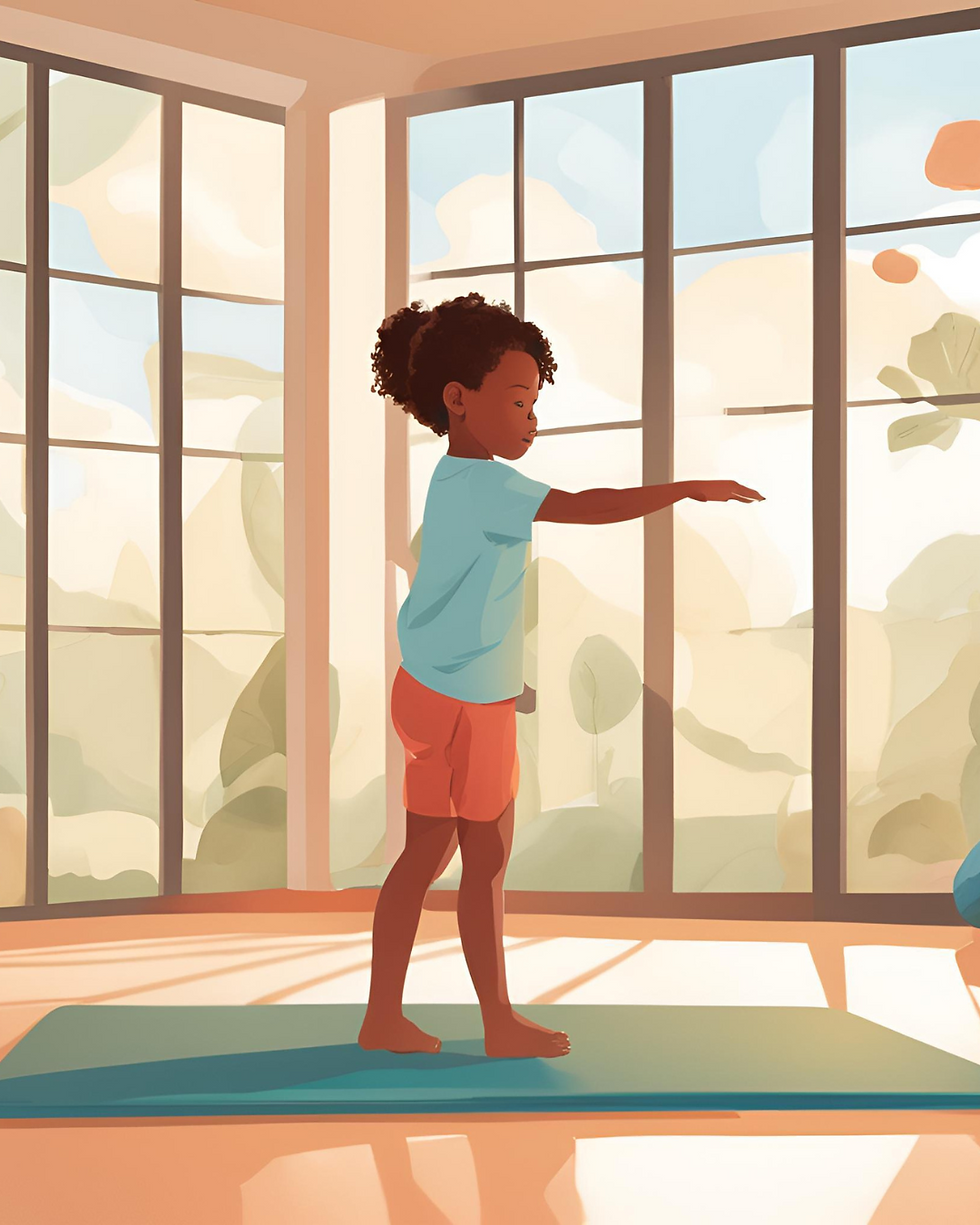10 Ways to Support Your Baby’s Movement Development at Home
- JohnMark Leonardo
- Mar 16
- 2 min read

Movement is a fundamental part of your baby’s growth and learning. In a Montessori-inspired home, we recognize that babies are naturally driven to explore and move, and our role is to create an environment that encourages safe, natural movement from birth.
Here are ten simple ways to support your baby’s physical development at home.
1. Provide Plenty of Floor Time
Instead of placing your baby in restrictive devices like bouncers or walkers, allow them to spend time freely moving on a soft mat or rug. Floor time helps strengthen muscles and encourages natural movement progression.
2. Offer a Safe, Uncluttered Space
A calm, open space allows your baby to stretch, roll, and later crawl without unnecessary obstacles. Remove hazards and limit overstimulation by keeping the environment simple and tidy.
3. Use a Low-Hanging Mobile
From the first weeks of life, Montessori visual mobiles encourage focus and head movement. As your baby grows, tactile mobiles invite reaching and grasping, supporting hand-eye coordination.
4. Give Your Baby Time on Their Stomach (Tummy Time)
Tummy time strengthens neck, back, and shoulder muscles, preparing your baby for crawling. Offer short, frequent tummy time sessions and engage with them at eye level to keep it enjoyable.
5. Avoid Overuse of Containers (Swings, Jumpers, Walkers)
While car seats and strollers are necessary for safety, excessive use of restrictive devices can limit movement opportunities. Instead, allow your baby to move freely as much as possible.
6. Provide Grasping and Swatting Materials
Soft, lightweight objects like a wooden grasping ring or Montessori interlocking discs encourage reaching, grasping, and hand-to-hand transfer—essential skills for fine motor development.
7. Allow Your Baby to Explore Different Textures and Surfaces
Let your baby experience a variety of safe textures under their hands and feet—soft rugs, smooth wooden floors, grass, or sand—supporting sensory and motor development.
8. Support Rolling and Crawling Without Intervening Too Much
Babies naturally learn to roll and crawl when they are ready. Instead of placing them in positions they cannot get into themselves, allow them to discover movements at their own pace.
9. Encourage Free Movement with Comfortable Clothing
Dress your baby in soft, non-restrictive clothing that allows them to move freely. Avoid stiff fabrics or clothing with too many buttons that may limit natural movement.
10. Model and Encourage Movement Together
Your baby learns by watching you! Get on the floor, crawl with them, stretch, and move in ways that encourage them to engage with their environment.
By creating a movement-friendly environment and allowing your baby the freedom to explore, you are laying the foundation for strong physical and cognitive development. Remember, every baby develops at their own pace—trust the process and celebrate each milestone!
Would you like more guidance on Montessori movement principles? Visit our school to learn how Montessori nurtures your child’s natural development!




Comments